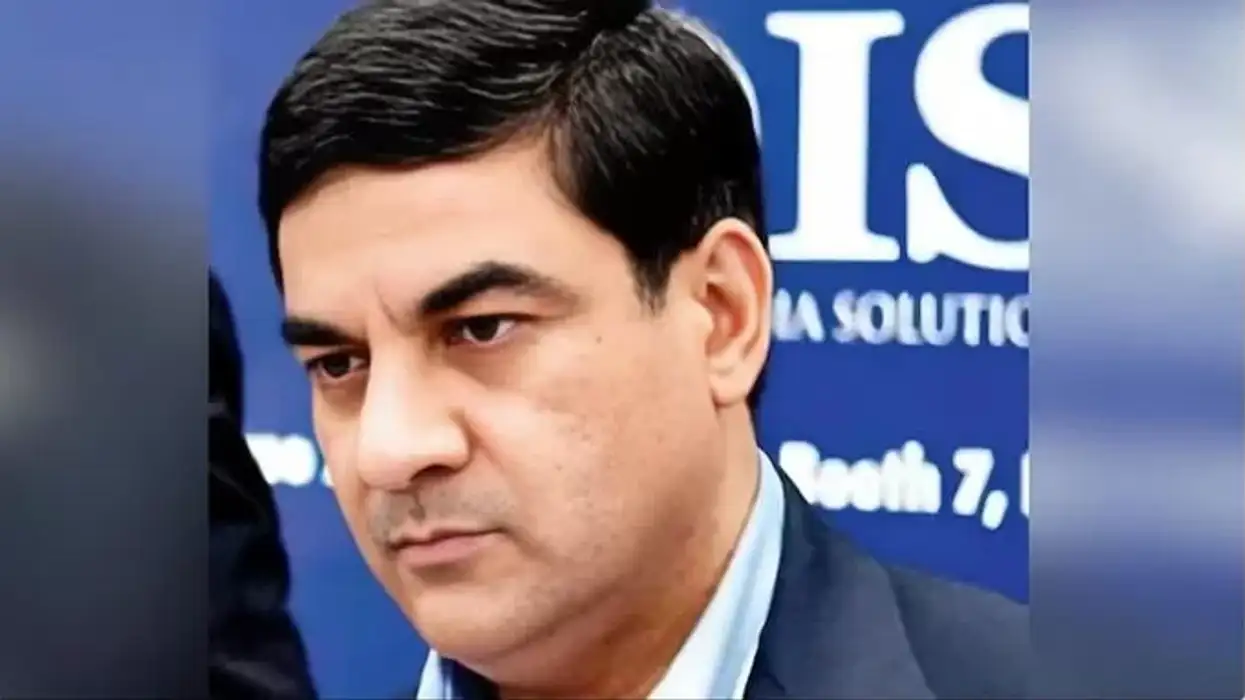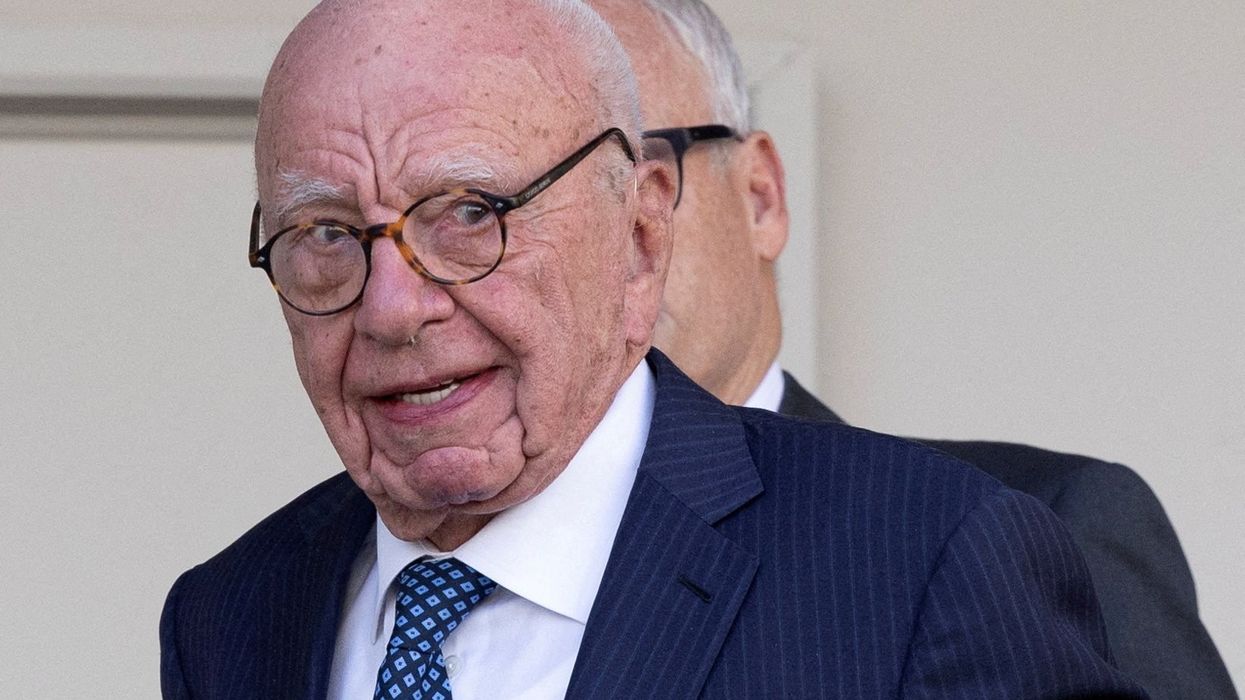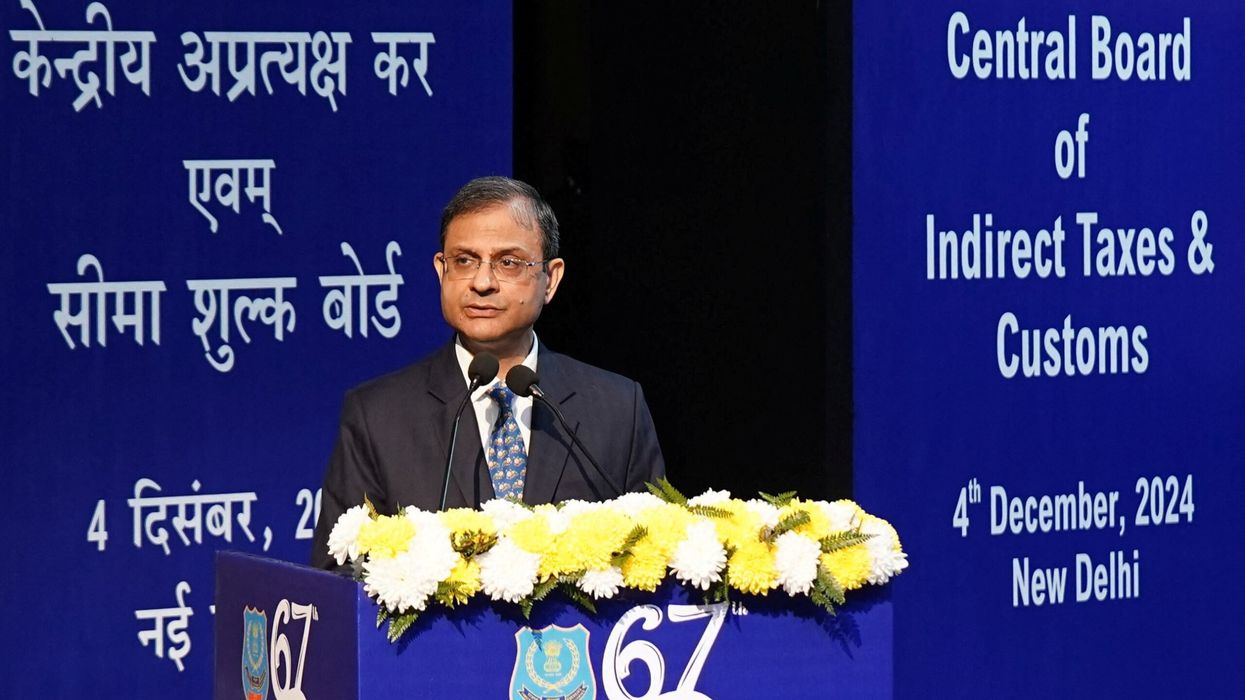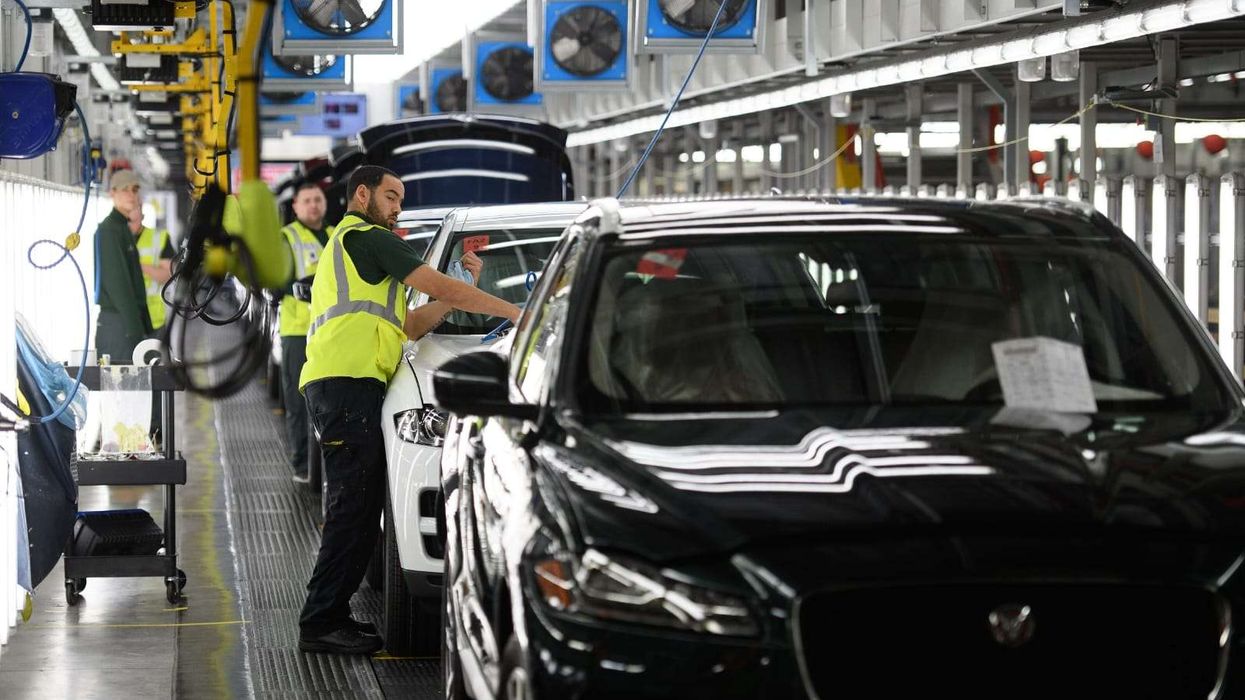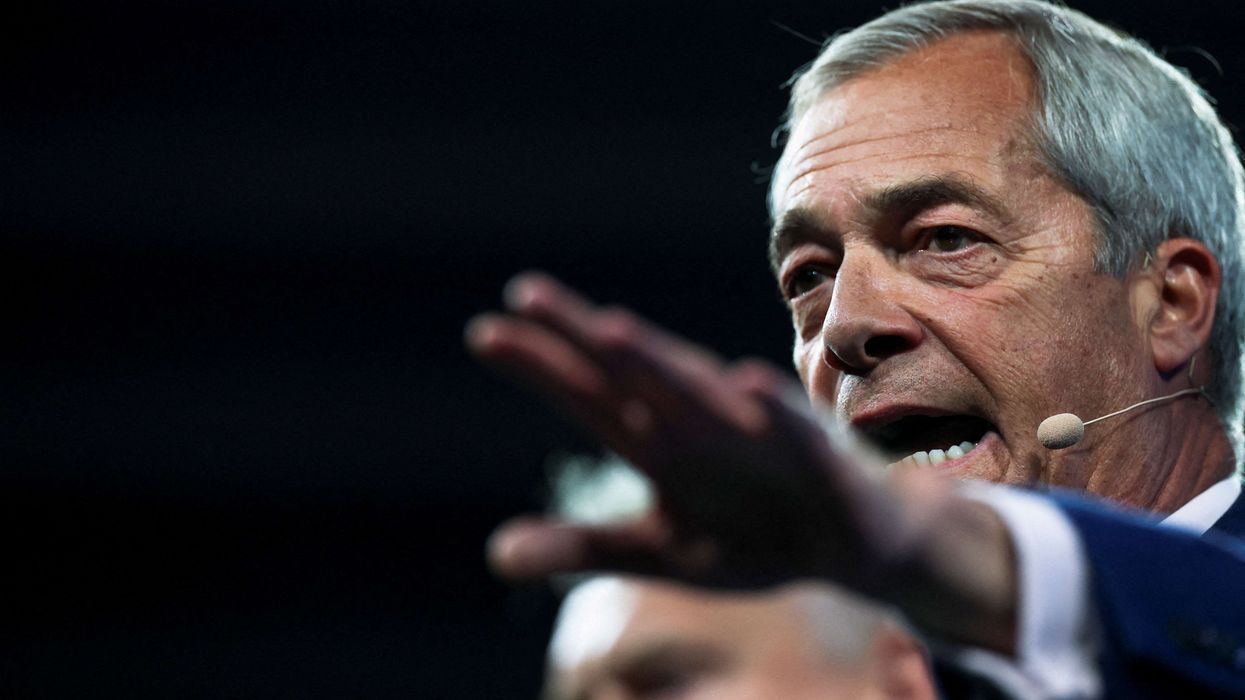By Nadeem Badshah
VISITORS to India are being conned by the rise of websites offering fake e-visas to the country.
Britons have been duped after filling in a bogus visa application form on the websites and being charged up to £100.
An e-tourist visa fee for UK citizens is around £60 through the Indian government’s website.
Companies have also sprung up offering to apply for a visa on a person’s behalf in return for a fee. Experts say firms appear at the top of internet searches due to them paying search engines in some cases.
Victims of scams have contacted websites - including TripAdvisor – to raise awareness ahead of the school summer holidays.
Jo Sidhu QC, a leading criminal and human rights barrister, told Eastern Eye: “Many of us remember the days when we had to queue for hours at the Indian High Commission to obtain a visa.
“Since then, application centres have been localised and now online forms are the norm. However, we have to be wary of unscrupulous visa providers who prey on people’s anxieties by making promises of visas that are never delivered.
“Taking money from applicants and either failing to supply a visa or providing fake visas are criminal offences with severe penalties.
“It can amount to fraud or the creation of counterfeit travel documents. I think the Indian High Commission has a duty to make sure that its legitimate visa application process is widely publicised, easily understood and affordable to travellers.
“It should also work in partnership with law enforcement agencies to identify and expose bogus visa providers to drive them out of the market. It’s deeply unfair to anxious travellers, many of whom have limited means, to leave them vulnerable to exploitation by sharks.”
The e-visa system was extended for British travellers in 2015, ending the need to book an appointment at the outsourced visa processing agency or make a postal application. Holidaymakers can expect to receive entry documents via email within four days.
In 2017, the length of stay on an e-visa increased from 30 days to 60 days with double entry on tourist and business e-visa and triple entry on medical e-visas.
Several people used one bogus website and received nothing after paying a fee. One said he “used them by mistake”.
“I never got any visa. In the last moment, I managed to use the governmental page. (Bogus firm) still didn’t made my visa or even answered my mails after one week.”
Another man contacted by frauds said he “filled out what I thought was a real Indian online visa application and just as I was finishing my phone rang.
“A guy from with a UK number offers to help me, I asked how he got my number and what the fee was and he said $127”
A spokesman for the Association of British Travel Agents told Eastern Eye: “Unfortunately, a number of companies, often with very official seeming websites, will offer to get you a visa.
“When you use a search engine many will appear far up the page, often above the legitimate government website.
“Some of these sites may be fraudulent and no visa will ever be received, but many more will charge you much more than the actual government charge without adding any value to the process.
“The best way to access the official government website is to go to the relevant country’s Travel Advice page on the Foreign Office website, which will direct you to the correct government website.”
The Knowles family from Bedfordshire paid a company £310 for three e-visas for a trip to Goa and northern India. But their mother Pegg, 82, was put on a plane home after arriving at Delhi Airport due to a mistake in the application by the company.
As she was born in Ireland before 1948, she is a “British subject” rather than a British citizen and was not eligible for an e-visa.
She said: “He looked at my passport and said: ‘You can’t come in, you have the wrong visa, you have to go back’. I was devastated, I thought this cannot be happening.”
Pegg’s daughter Roz said: “It completely tarnished the holiday. Everything we planned we knew mum would have loved it. When I was in India, I questioned them (visa company): ‘There is a mistake, look at what you have done’.
“Their answer was pretty much: ‘We have issued you the visas, what more do you want?’”
The UK Foreign Office said: “If you’re applying for an e-visa, check you meet the eligibility criteria.
“If you do not hold a full ‘British Citizen’ passport, you may not be eligible for an evisa. Beware of fake websites who are offering this service.”
India’s ministry of tourism has advised applicants to only apply for e-visas through the official government of India website at www.indianvisaonline.gov.in following reports of fake websites and hackers.
It added it does not appoint any agents to apply for e-visas on behalf of any applicant.
